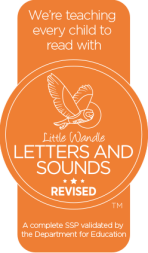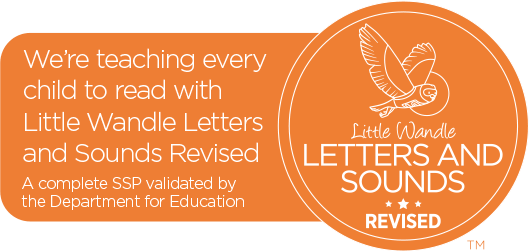Early Reading & Phonics
Phonics
What are the aims and purpose of this subject?
The overarching aim for English in the National Curriculum is to promote high standards of language and literacy by equipping pupils with a strong command of the spoken and written word, and to develop their love of literature through widespread reading for enjoyment.
In Phonics, we teach the children the essential early skills and knowledge that they need on their journey to become readers and writers.
What is phonics?
Phonics is a way of teaching children how to read and write. It helps children hear, identify and use different sounds.
Written language can be compared to a code, so knowing the sounds of individual letters and how those letters sound when they are combined will help children decode words as they read. Phonics involves matching the sounds of spoken English with individual letters (e.g. t) or groups of letters (e.g. th).
Teaching children to blend the sounds of letters together helps them decode unfamiliar or unknown words by sounding them out.
What are the National Curriculum requirements for this subject?
By the end of Year One, children should be able to decode words fluently to pass the Phonics Screening Check. This means learning about how words work, which graphemes (letters or groups of letters) represent which phonemes (sounds) and how to segment and blend the sounds in words. Children should be reading books matched closely to their phoneme-grapheme correspondences they know.
How is this subject’s curriculum organised?
 We follow Little Wandle Letters and Sounds Revised, beginning in nursery and continuing through to the end of Key Stage One, and beyond where required. In Nursery, we provide a balance of child-led and adult-led experiences for all children that will ensure they are well prepared to begin learning grapheme-phoneme correspondences. They practise using rhythm and rhyme, making different sounds and hearing sounds in words. In Reception and Year One, children have a daily phonics session, reading practice sessions three times a week in small groups and they have opportunities to apply their skills and knowledge in other lessons.
We follow Little Wandle Letters and Sounds Revised, beginning in nursery and continuing through to the end of Key Stage One, and beyond where required. In Nursery, we provide a balance of child-led and adult-led experiences for all children that will ensure they are well prepared to begin learning grapheme-phoneme correspondences. They practise using rhythm and rhyme, making different sounds and hearing sounds in words. In Reception and Year One, children have a daily phonics session, reading practice sessions three times a week in small groups and they have opportunities to apply their skills and knowledge in other lessons.
We timetable daily phonics lessons for any child in Year Two who is not fully fluent at reading or has not passed the Phonics Screening Check. If any child in Year Three to Six has gaps in their phonic knowledge when reading or writing, we plan phonics ‘catch-up’ lessons to address specific gaps.
Why is it organised like this?
At Chapel Street, we value reading as a crucial life skill. By the time children leave us, they should read confidently for meaning and regularly enjoy reading for pleasure. A ‘phonics first’ approach ensures our readers are equipped with the tools to tackle unfamiliar vocabulary, enabling our children to read both for pleasure and purpose.
How are knowledge, understanding and skills developed in this subject?
Staff follow the Little Wandle Letters and Sounds Revised programme. Throughout Nursery and Reception, Phase One provides children with the opportunities to listen to and recreate different sounds with their voices, bodies and musical instruments. The children learn in a language-rich environment, with many opportunities to listen to and join in with stories, songs and rhymes. When the children then begin to learn the letter-sound correspondences in Reception, they should be ready to segment and blend them to read words. They follow the Little Wandle Letters and Sounds Revised progression, which ensures children build on their growing knowledge of the alphabetic code, mastering phonics to read and spell as they move through school.
What does this subject look like…
In lessons?
Children have a daily phonics session, giving opportunities to revisit previous learning, practise and apply new learning.
Children have small group reading sessions each week using books matched to their secure phonic knowledge. Each session has a clear focus on one of three key reading skills – decoding, prosody or comprehension.
In books?
Most phonics sessions will be practical but the children’s progress will be evident in the books they are reading and the writing they produce.
In classrooms?
Classrooms display friezes, grapheme, and grow-the-code charts linked to the Little Wandle Letters and Sounds Revised programme to support children’s learning.
Classrooms are text-rich environments with labels and displays celebrating and supporting learning.
Carefully selected books are displayed prominently within classrooms, providing children with opportunities to read for pleasure and purpose.


